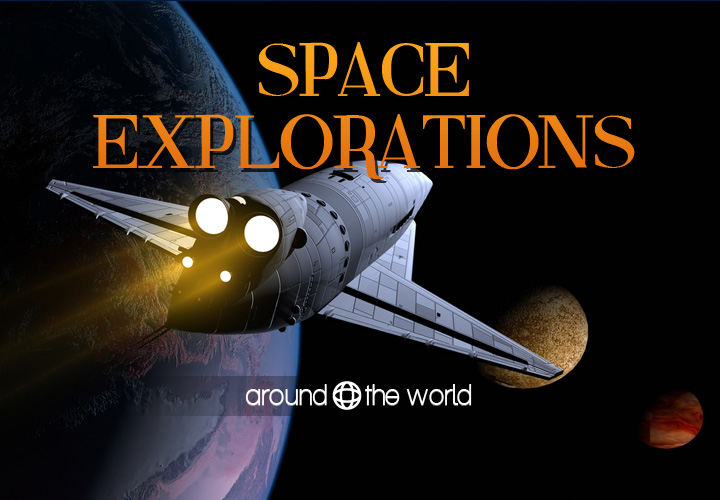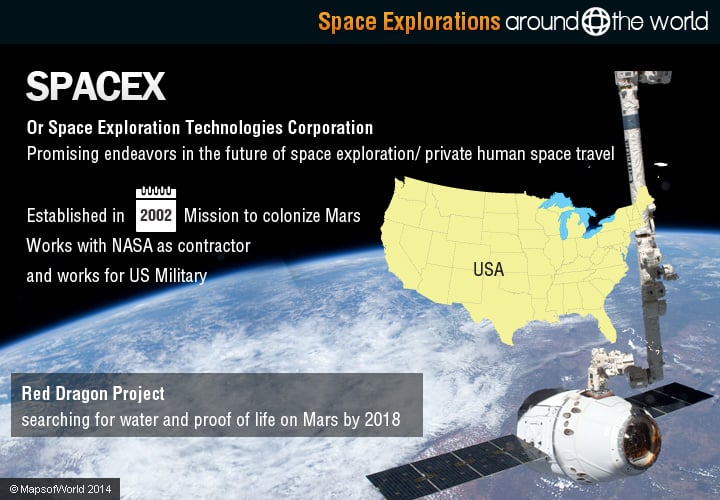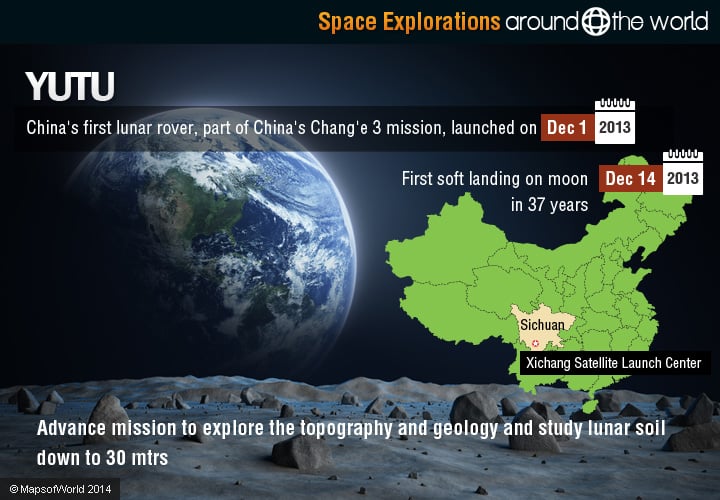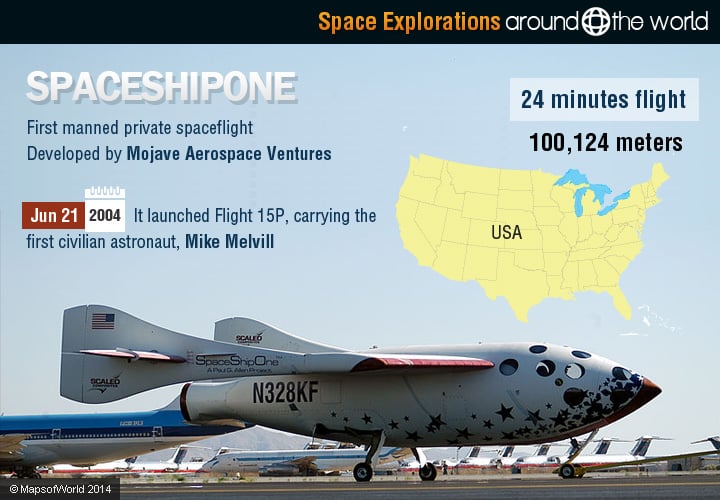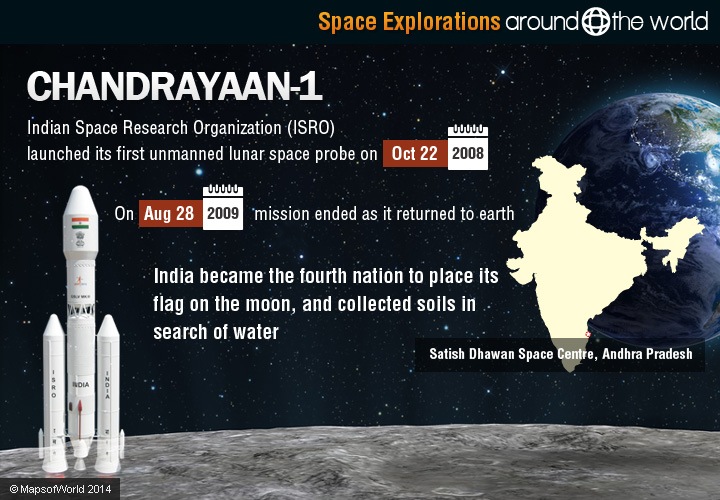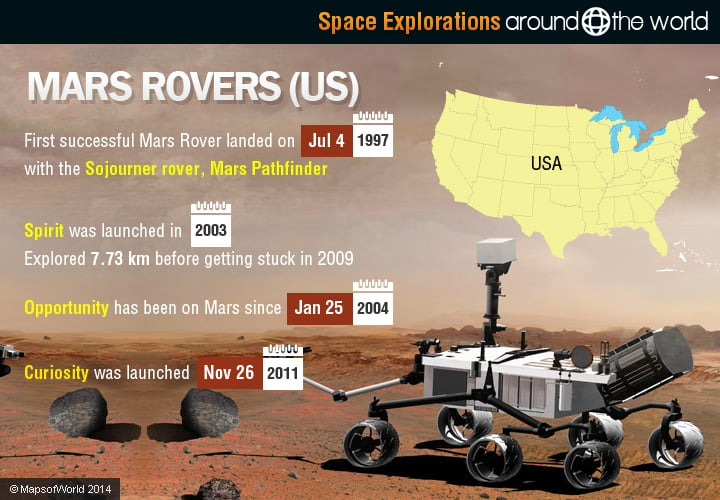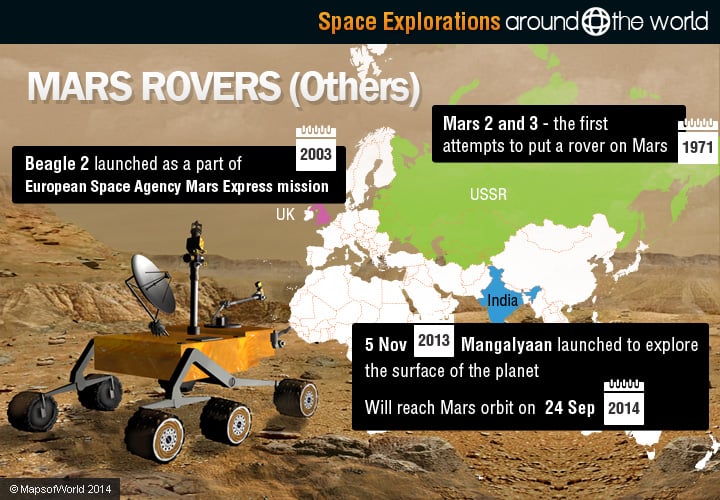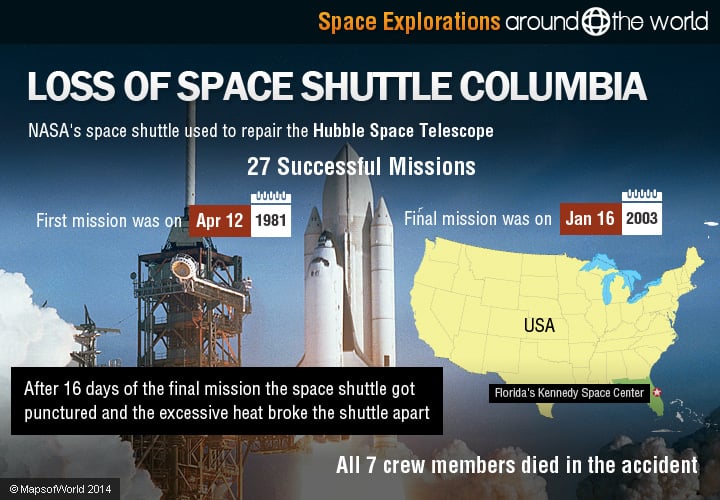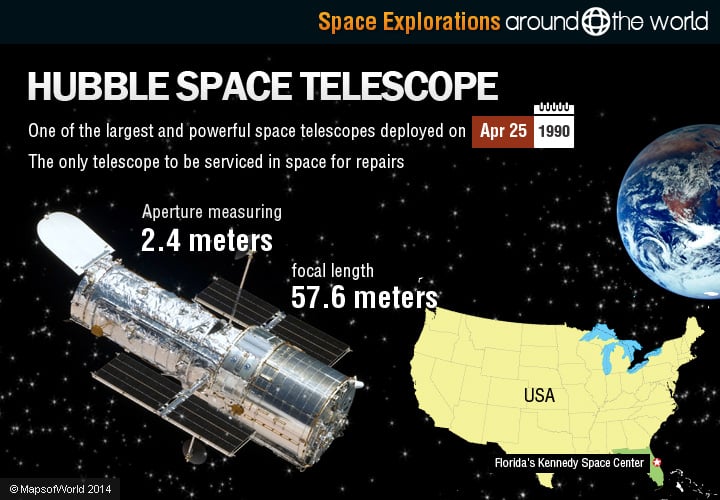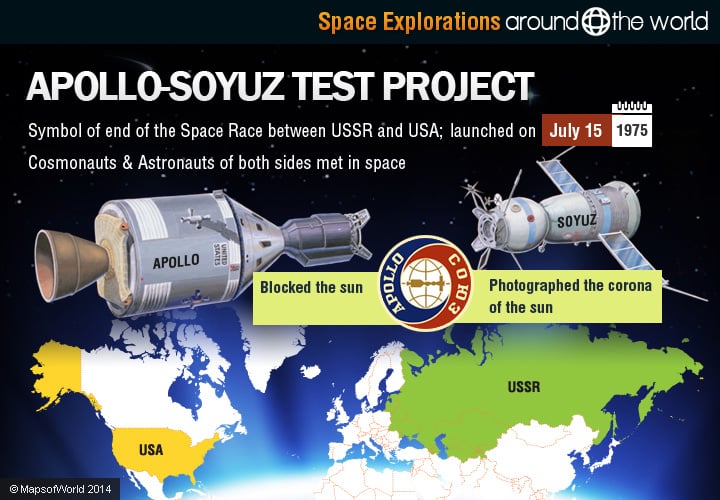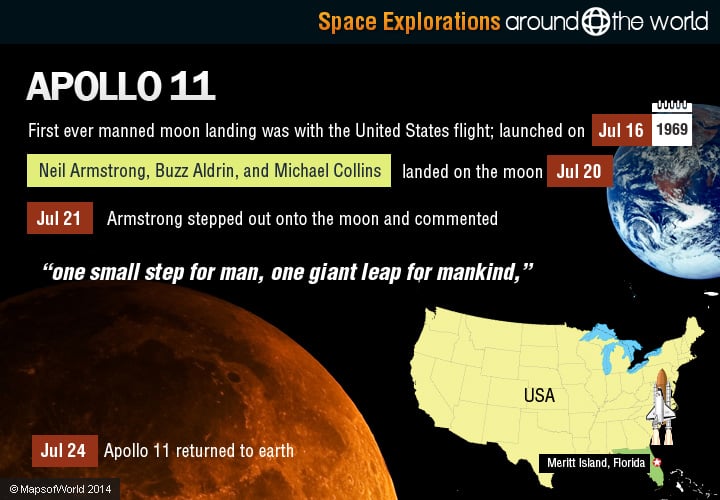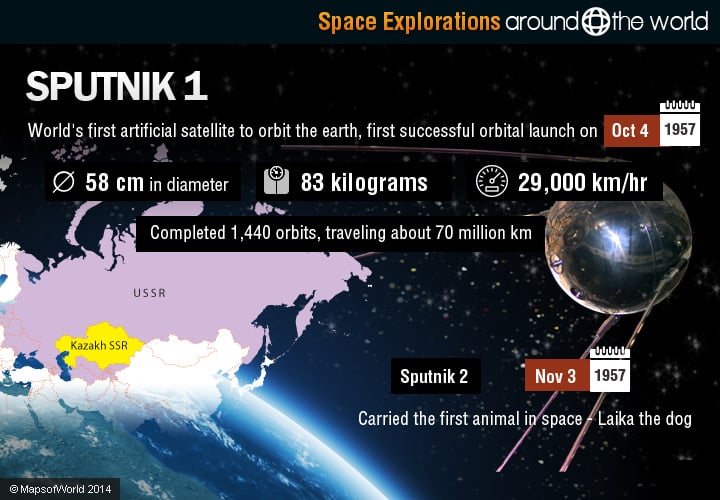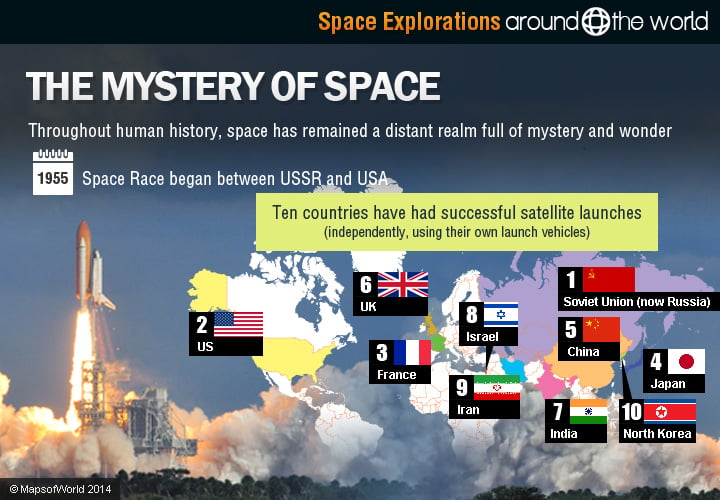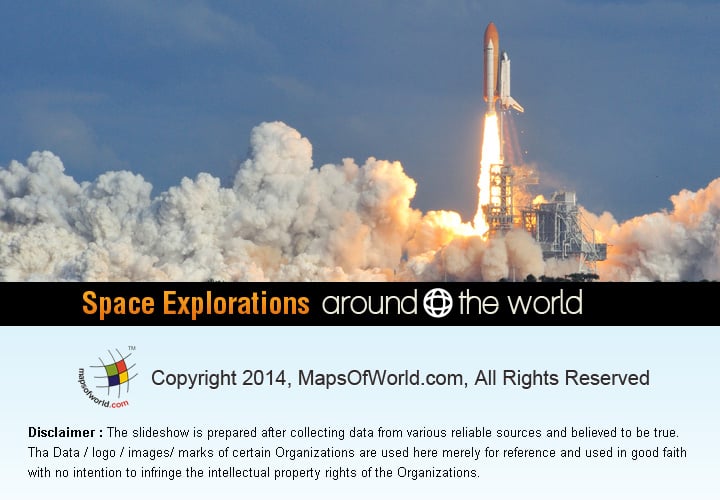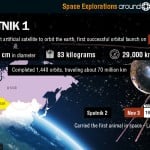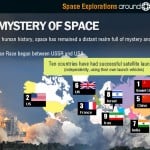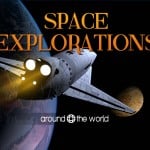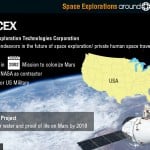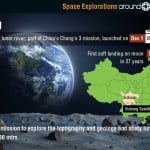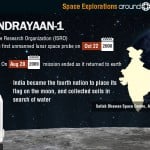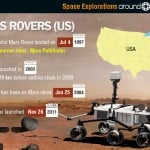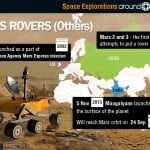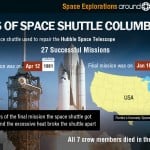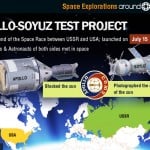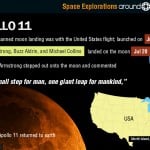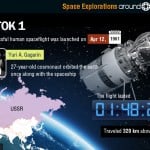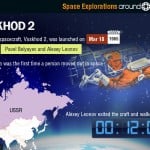Space Explorations Around the World
Throughout human history, space has remained a distant realm full of mystery and wonder. From early star charts to the first telescopes, we have long been working towards new discoveries in space and discovering what lies beyond our planet, and perhaps one day revealing the secrets of the universe. Progress had been slow and steady for centuries until the Space Race in the 1950s, when space exploration became a competition between world powers, the United States and the Soviet Union.
The Space Race began in 1955, when both the USA and USSR announced plans to launch satellites, after taking control of German rocket technology post-WWII. In the wake of Cold War tensions, the announcement sparked a push for innovations and advances, with increased funding for research and education. The result has been the invention of many new and beneficial technologies that have changed the world, culminating in putting a man on the moon, and someday, beyond.
Ten countries have had successful satellite launches (independently, using their own launch vehicles):
Soviet Union
US
France
Japan
China
UK
India
Israel
Iran
North Korea
Sputnik 1 (USSR)
In the first major event in the history of space exploration, the Space Race was initiated by the launch of Sputnik 1(Satellite 1) by the USSR on October 4, 1957. Sputnik 1 was the world’s first artificial satellite, as well as the first successful orbital launch. It launched from the Kazakh SSR. The unmanned satellite was a metal sphere about the size of a beach ball, 58 centimeters (23 inches) in diameter, and weighing 83 kilograms (184 pounds). Sputnik 1 orbited Earth at 29,000 kilometers (18,000 miles) per hour, completing each orbit in about 96.2 minutes. The satellite transmitted radio signals back to Earth during its orbit. It completed 1,440 orbits around the Earth, traveling about 70 million kilometers (43.5 million miles) before decaying and burning upon reentry into the atmosphere on January 4, 1958.
Sputnik 1 was quickly followed with the launch of Sputnik 2, a month later, on November 3, 1957. Sputnik 2 was notable for being the first animal launched into orbit, with Laika the dog inside. The dog overheated and died within hours of takeoff. The successful launch of Sputnik 1 also spurred the United States to launch their own satellite, which happened on January 31, 1958.
Vostok 1 (USSR)
The next major step in space exploration history happened on April 12, 1961, with the first successful human spaceflight. The 27-year-old cosmonaut Yuri A. Gagarin of the USSR manned the Vostok 1 (meaning East 1) spacecraft, which orbited Earth once. The flight lasted 1 hour, 48 minutes, and traveled 320 kilometers (200 miles) above Earth. Gagarin made reports back to the ground station throughout his flight. After completing the orbit, the satellite was set to reenter the atmosphere, but it was not able to land at a safe speed. Instead, Gagarin was ejected from the craft about 7 kilometers above ground, his parachute deploying at about 2.5 kilometers (8,200 feet) above ground, and the Vostok 1 also landed with a parachute. Gagarin landed about 280 kilometers (174 miles) off course from the intended landing site, ending up in the Saratov region.
Voskhod 2 (USSR)
The Soviet spacecraft, Voskhod 2, was launched March 18, 1965, manned by Pavel Belyayev and Alexey Leonov. The spacecraft was in orbit around the Earth. The mission was important to the history of space exploration, as the first time a person moved out of the spacecraft in space, with Alexey Leonov exited the craft and walked in space for 12 minutes, 9 seconds. Cosmonaut Leonov wore a space suit and exited the Voskhod space craft via an inflatable airlock. Leonov was successful in his airwalk, but pressure made his spacesuit too stiff to reenter the airlock until he was able to recover. There were also issues resealing the airlock, delays, and a spinout, but the voyage was otherwise successful.
Apollo 11 (USA)
One of the most famous space explorations in history was the first ever manned moon landing was with the United States flight, Apollo 11, with astronauts Neil Armstrong, Buzz Aldrin, and Michael Collins on board. The aircraft was launched on July 16, 1969, from Meritt Island, Florida. The mission was to fulfill President Kennedy’s promise to land a man on the moon by the end of the 1960s. The lunar module of Apollo 11 landed on the moon July 20, and Armstrong stepped out onto the surface of the moon on July 21, followed shortly afterward by Buzz Aldrin. Armstrong is famously quoted as describing it as “one small step for man, one giant leap for mankind,” acknowledging the importance of the event. Michael Collins remained on the command module for the duration of the trip. The craft landed in the Sea of Tranquility and remained on the moon for over 21 hours, the astronauts remained outside the aircraft for about 2.5 hours. They collected material from the moon to bring back to Earth for research. They also left behind a US flag, a bag of memorabilia including a golden olive branch as a symbol of peace, as well as scientific technology. Apollo 11 returned to earth, landing on July 24 in the Pacific Ocean. This landmark event was one of the most amazing space explorations in history, and effectively the end of the Space Race.
Apollo-Soyuz Test Project (USSR and USA)
The ultimate symbol of the end of the Space Race and the start of a truce between the USSR and the USA was the Apollo-Soyuz Test Project, the first joint flight of the two countries, in which cosmonauts and astronauts met in space. The event was one of the most famous space explorations the last of the Apollo voyages and the last space mission of the US until April 1981. The Apollo crew included Thomas Stafford, Vance Brand, and Donald Slayton, while the Soyuz crew were Alexey Leonov and Valeri Kubasov. The two flights launched on July 15, 1975, docking together on the 17th and separating after the mission was complete. Working together, Apollo helped partially block the sun, allowing the Soyuz to photograph the corona of the sun. Soyuz returned and landed on July 21, while Apollo returned on July 24. The mission was a success and important to show the cooperation of efforts between the two superpowers, as they moved past the competitive aspects of space exploration and focused on space exploration benefits.
Hubble Space Telescope (USA)
Deployed on April 25, 1990, from Florida’s Kennedy Space Center, the Hubble Space Telescope is a powerful telescope that orbits the Earth, observing the planet and taking images outside of the Earth’s atmosphere, and making new discoveries in space. The telescope has an aperture measuring 2.4 meters (7.9 feet) and a focal length of 57.6 meters (189 feet). It is equipped with various instruments and cameras, including ultraviolet and infrared cameras, and transmits data back to Earth.
While the Hubble Space Telescope was not the first telescope launched into orbit, it is the only one that is serviced in space, rather than bringing it back to Earth for repairs. It is also noted for being one of the largest space telescopes.
Loss of Space Shuttle Columbia (USA)
One of the NASA space explorations was the shuttle, Columbia, which was a successful and spaceworthy aircraft that completed 27 missions before it was destroyed during the last mission on February 1, 2003. The shuttle had been used to repair the Hubble Space Telescope, deploy commercial satellites, and especially for research purposes, like the microgravity spacelab. Its first mission was on April 12, 1981 from Edwards Air Force Base.
The final mission of the Columbia launched on Jan 16, 2003, on research expedition for microgravity lab and Earth science studies. On board the Columbia during the mission were 7 crew members: Rick Husband, William McCool, Michael Anderson, David Brown, Kalpana Chawla, Laurel Clark, and Ilan Ramon. At the end of the 16 days of the final Columbia mission, the space shuttle had been punctured, and upon reentry into the atmosphere, the heat destroyed the integrity of the wing and the shuttle broke apart and disintegrated. The accident was a tragedy that resulted in the deaths of everyone on board, and brought to reality the disadvantages of space exploration.
Mars Rovers (USSR, USA, UK, India)
Once Earth’s orbit and even the moon were conquered with space exploration, the next logical location for exploration was Mars. The first attempts to put a rover on Mars were the USSR’s Mars 2 and 3, both in 1971, which failed upon landing and soon after landing. The first successful Mars rover landing was by the United States, with the Sojourner rover, Mars Pathfinder on July 4, 1997, which lost communications a few days after landing. The next attempt was the Beagle 2, launched by the British in 2003 as part of the European Space Agency Mars Express mission. The mission failed 6 days before entry into the atmosphere of Mars.
This was followed by the successful US missions, Spirit and Opportunity in 2003, and Curiosity in 2011. Spirit was a successful rover for its first 6 years of operation, exploring 7.73 kilometers (4.8 miles) before getting stuck in 2009 and becoming a stationary observer until it lost contact in March 2010. Opportunity has been on Mars since January 25, 2004, and holds the record for longest time on Mars, continuing today. Curiosity was launched November 26, 2011, landing August 6, 2012 in Mars’ Gale Crater, and continues to explore the surface of Mars today. India’s Mars Orbiter Mission, or Mangalyaan, launched November 5, 2013, on a mission to Mars to advance Indian technology and to explore the surface of the planet. Mangalyaan is scheduled to reach the Mars orbit on September 24, 2014, and it reached its halfway point on April 11, 2014.
Chandrayaan-1 (India)
On October 22, 2008, the Indian Space Research Organization launched its first unmanned lunar space probe, a major event in the country’s space program. Chandrayaan 1 was successfully placed into lunar orbit on November 8, deploying the Moon Impact Probe on the 14th, and landing on the moon, near the Shackleton crater. India became the fourth nation to place its flag on the moon, and collected soils in search of water. Though there were some technical issues, the mission was successful but cut short, lasting 312 days (instead of 2 years), but completing most of its missions. The end of the mission was August 28, 2009 when it returned to Earth.
SpaceShipOne (California, USA)
The first manned private spaceflight was developed by the aviation company, Mojave Aerospace Ventures as part of the Tier One program. The first ever test flight was on May 20, 2003, which was unmanned, and followed by two additional test flights. After receiving the appropriate licenses, a manned flight was scheduled to launch from the newly classified Mojave Air and Space Port in Southern California’s Mojave Desert, which is a civilian aerospace test center. On June 21, 2004, SpaceShipOne launched Flight 15P, carrying the first civilian astronaut, Mike Melvill. The duration of the flight was just 24 minutes, reaching a height of 100,124 meters (328,491 feet), with just over 10 seconds of time past the boundary to space. There were some issues with the flight, which were later resolved, and the spacecraft was later entered into the competition for the Ansari X Prize, which it won, along with a $10,000 award. SpaceShipOne marked an important milestone in the space travel timeline, and showcases the advancements of technology and the future of space exploration.
Yutu (China)
In one of the most recent space exploration missions, launched December 1, 2013, Yutu was China’s first lunar rover, and the first moon rover since Russia’s ended operations in 1973. Yutu was part of China’s Chang’e 3 mission, landing on the moon December 14, 2013, with the moon’s first soft landing in 37 years. The rover landed off course on Mare Imbrium. The mission of Yutu was for China to explore the moon’s topography and geology and study lunar soil down to 30 meters (98 feet) and even the crust, deep below the surface. Equipment on the rover included an alpha particle x-ray spectrometer and infrared spectrometer and stereo cameras. The Yutu rover has exceed expectations for the duration of its exploration, though it has had various struggles, and it is still in limited use. It may witness the solar eclipse by the Earth from the moon’s surface.
SpaceX (California, USA)
One of the most promising endeavors in the future of space exploration and private space travel is the California-based Space Exploration Technologies Corporation, known as SpaceX. Headed by Elon Musk, CEO of Tesla and remarkable innovator, the program is working toward a mission of one day colonizing Mars. The group was established in 2002, and has developed several spacecraft, including the Falcon 1 and 9, and the Dragon. The projects of SpaceX have included the development of rocket engines and orbiting satellites, with a focus on lowering costs of development, making it more accessible to private parties. SpaceX also works with NASA as a contractor, conducting missions for the International Space Station, as well as work for the US military. The Red Dragon project is scheduled to be completed in 2018, and would be a research mission looking for water and proof of life on Mars. The company’s future projects include liquid-methane-based rocket engines, spacecraft for mars landings, and eventually human voyages to Mars, opening the door for amazing space explorations accessible to everyone.

